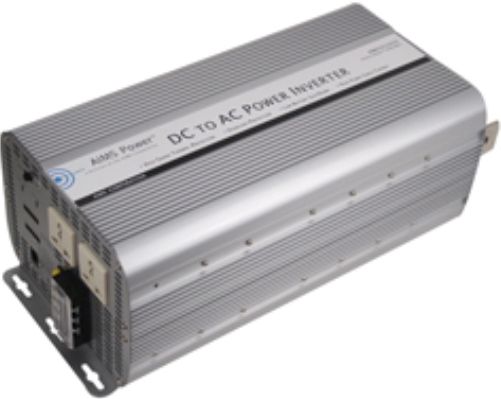

Also, from the ramp generator, either a positive or negative ramp voltage signal is considered.The measurement of voltage in this device is initiated by providing an unknown voltage signal to the ranging and attenuation section which either amplifies or attenuates the signal as needed.In order to know the time interval, an electronic type of time interval counter device is used in the circuit where it displays the measurement in digits format thus indicating the voltmeter’s output.
VOLT MEETER GENERATOR
Because of the ramp generator used in this circuit, the device is named ramp type DVM.Īs the device operation is dependent on measurement of time where a linear ramp voltage signal is considered to transform from the input signal voltage level. The device consists of a ramp generator that produces a signal that represents a ramp. The working of ramp types DVM is essentially dependent on the measurement of time. Types of Digital Voltmeterĭepending on the type of analog to digital conversion techniques, DVMs are classified into various types which are clearly explained in the below section. Thus a DVM can be constructed even using A/D conversion techniques. With the working principle of the digital voltmeter, it is observed that it works in the same way as an analog to a digital converter where it transforms the analog input signal into a sequence of pulses and the count of pulses is directly proportionate to the input signal. Now, to have a precise measurement the counter device has to be calibrated and it shows a direct voltage reading in volts.Now, the inverter’s output is given provided to the counter device where it counts the total number of triggers in that duration.Now, the positive triggered pulse output is fed as input to an inverter which then inverts the output of the AND gate.The output of AND gate is a positive triggered sequence of pulses having similar width as that of the pulse provided by the pulse generator.The generated output from the pulse generator is given as one input to the AND gate and the other input to AND gate is a sequence of pulses.

Here, the output is a pulse where its width is the same as the input signal.

So, today this article focuses on explaining the working principle of the digital voltmeter, its block diagram, types, benefits, and applications. With the advancements in technology and rapid development of digital systems, analogue voltmeters are being replaced by digital voltmeters. Analog voltmeters consist of a pointer that moves on the dial as per the measurement and displays the corresponding reading. These voltmeters are available mainly in two types analog and digital. In the domain of electrical and electronics technology, the voltmeter is the crucial device that is extensively applied across various applications for measuring voltage valves.


 0 kommentar(er)
0 kommentar(er)
